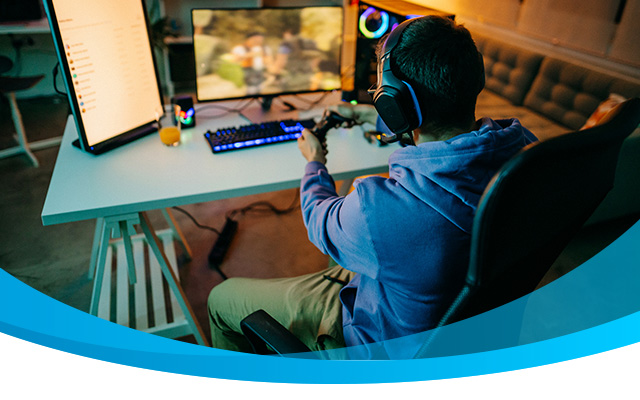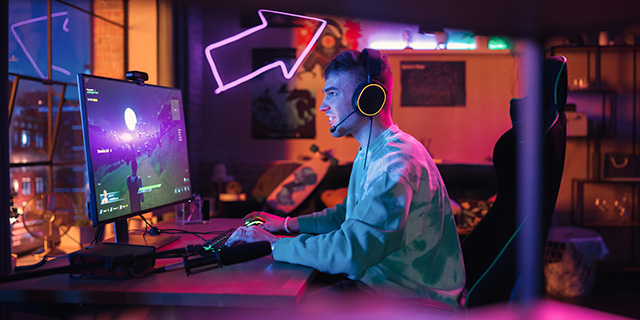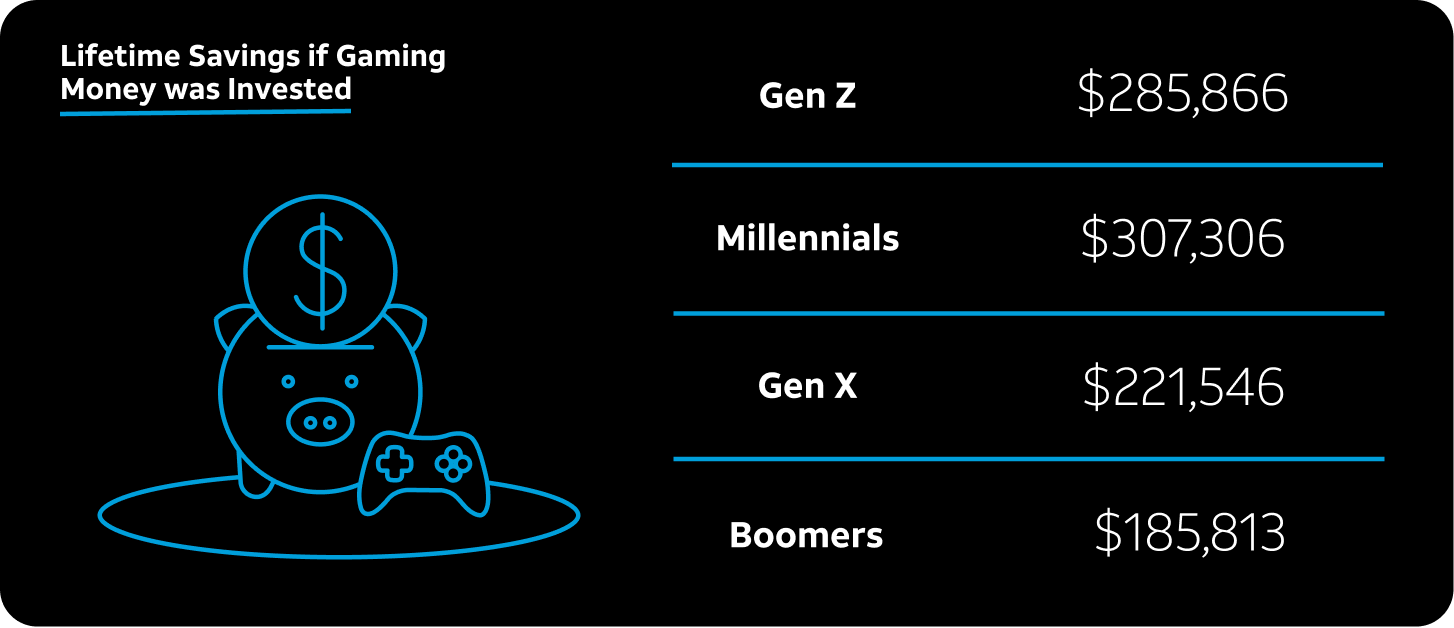Ookla Speed Test Awards 2024
AT&T Fiber is the fastest internet in the U.S.
With the most reliable speeds.
Limited availability/areas. Based on analysis by Ookla® of Speedtest Intelligence® data nationwide Speed Score for Q3–Q4 2024. Ookla trademarks used under license and reprinted with permission.






